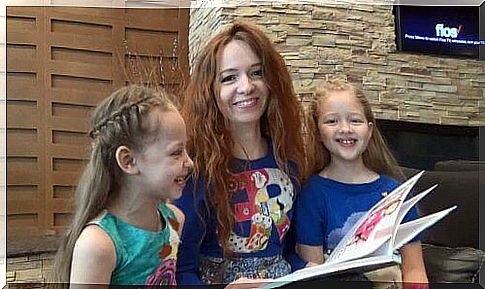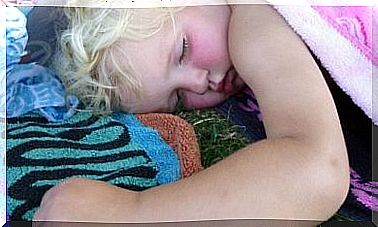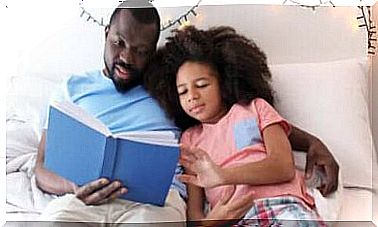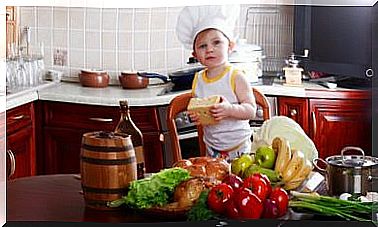Methods For Teaching Children To Read

Learning to read is one of the most important things a child does before the age of ten. Everything in his educational development is linked to the ability to read: from the expansion of the vocabulary to the performance in the main subjects. Therefore, knowing the methods of teaching children to read is of paramount importance.
No two children learn to read alike, which is why there are different teaching methods. The secret lies in choosing a method and maintaining it throughout the teaching phase.
Sometimes, it can be useful to combine methods and adapt them to the needs of the class, especially when there are students who have specific learning needs.
It is important to remember that motivation is key and that you need to be patient. This will prevent the child from making associations that lead to school and learning as a negative experience.
Pre-reading skills
Babies begin to acquire the skills they need to master reading from birth. In fact, a baby of only six months can already distinguish the sounds of his mother tongue and those of a foreign language.

At the age of two, he has mastered phonemes that allow him to regularly produce more than fifty words. Between the ages of two and three, many children learn to recognize most of the letters of the alphabet.
There are many ways parents can encourage their child’s pre-reading skills. One of them is to point to letters when they read a story to them. It can also be helpful to ask the child how his day went and talk to him every day to improve the development of his storytelling skills.
It is important to go to bookstores and libraries with children and read with them. The more children read with their parents and teachers, the more books will become a family pastime for them.
Methods for teaching reading: the phonemic method
A phoneme is the minimum linguistic unit with a distinctive value composed of a vowel and a consonant. Phonemes are the basic units of the spoken language.
In an alphabet-based language, sounds are translated into letters and letter combinations form words. Hence, reading depends on an individual’s ability to decode words into a series of sounds. Encoding, on the other hand, is the opposite process and concerns the way we write.
The phonemic method is useful for teaching how to read letters, pronounce syllables in sounds, recognize words and finally be able to read entire sentences. It is a step by step method that starts with the simplest operations and ends up with the more complex ones. We have seen that the easiest thing is to identify a letter, then the syllables and then the words and phrases.
This is one of the most common and most used methods of teaching reading. At first it will proceed slowly and reading aloud may have pauses. But little by little, the cognitive processes involved in the “translation” of letters into sounds will become automatic and more fluid.
The complete reading of the word: read at a “glance”
This method teaches you to read the complete words: you skip the decoding process. Children do not pronounce the words, but they learn to recognize the terms in their written form.
Context is important and providing them with images can be of great help. The words they know, initially, can be presented on their own and then in sentences, from the simplest to the most complex. As they grow their vocabulary, the children learn the rules and patterns they will use to read new words.
Through this method, reading becomes an automatic process, which is why it is called “at a glance”. After they have seen many words, children will be able to first glance most of the terms they encounter while reading.

Methods for teaching reading: the linguistic experience
The language experience method for teaching reading is based on personalized learning. According to this method, the words to be used must be different depending on the child. The idea is that, by teaching words that are familiar to the child, he will be able to learn them more easily.
To apply this method, teachers and parents must create stories in which the child’s favorite words are present. The children, for their part, can make drawings and associate them with those words by creating their own particular book for reading.
You can look up other words in children’s literature books and help them guess the meaning of the ones they don’t know. This develops in them the ability to understand.
In conclusion, when teaching to read, one must take into account the needs and interests of each child and see how they evolve over time.









